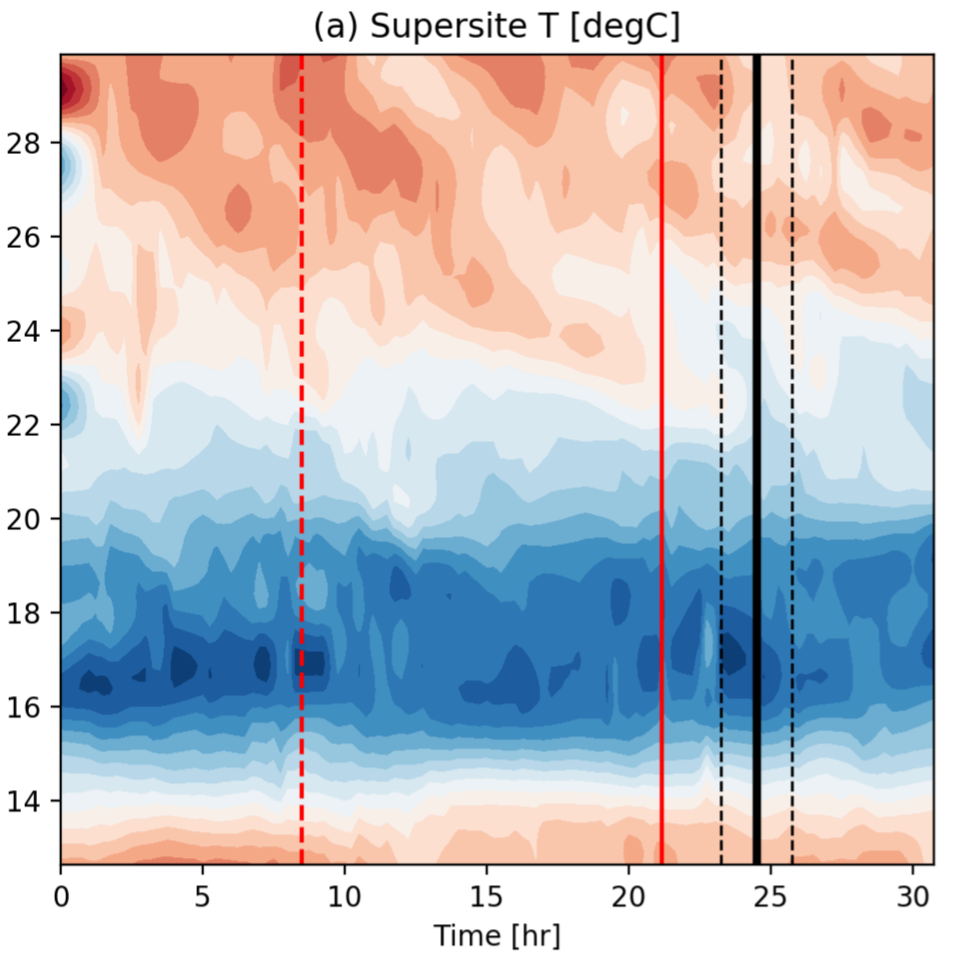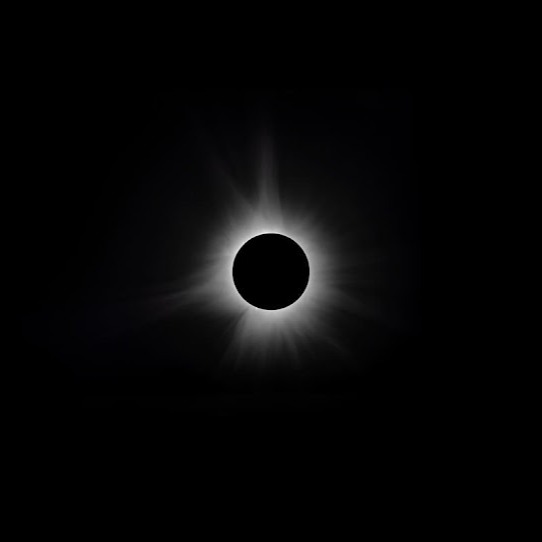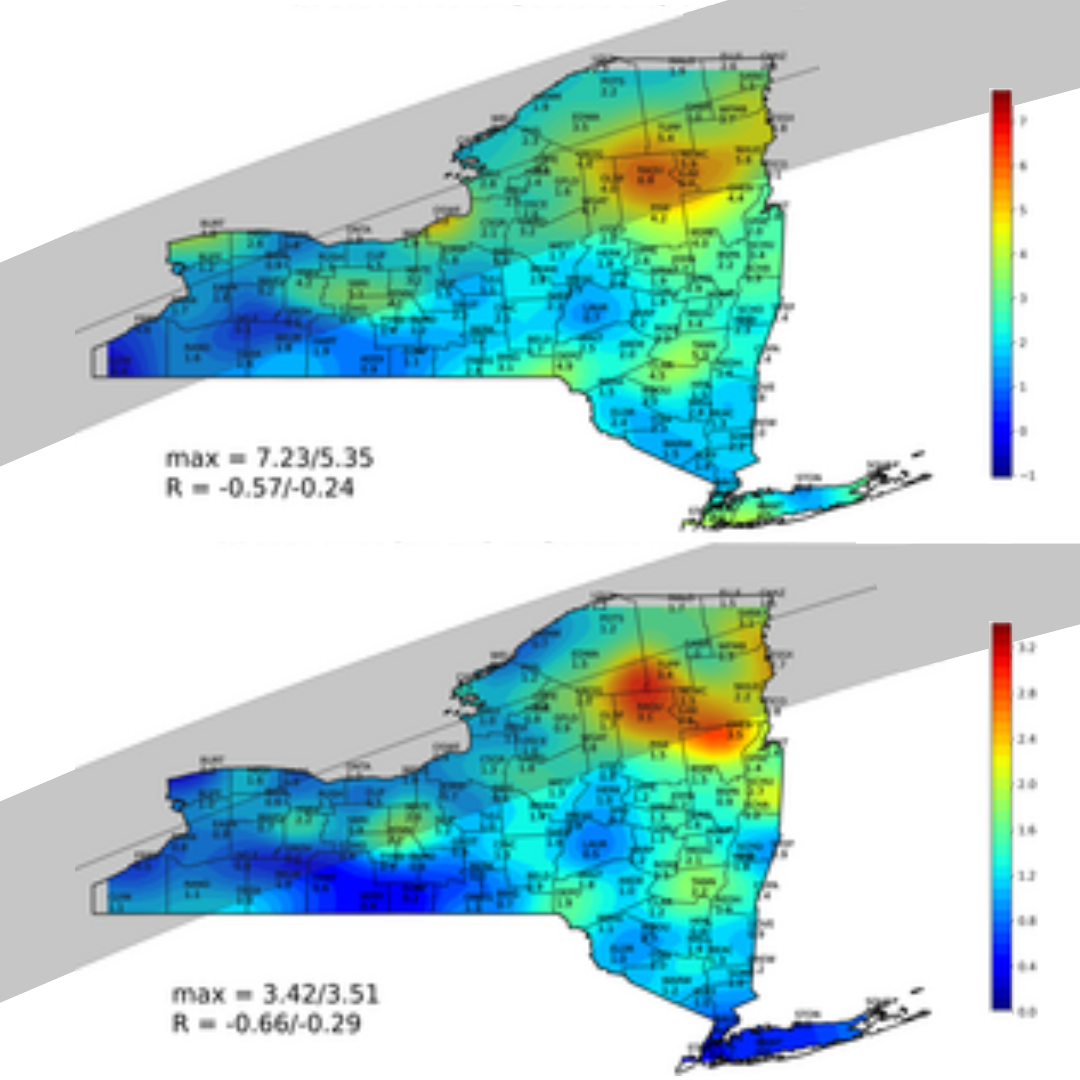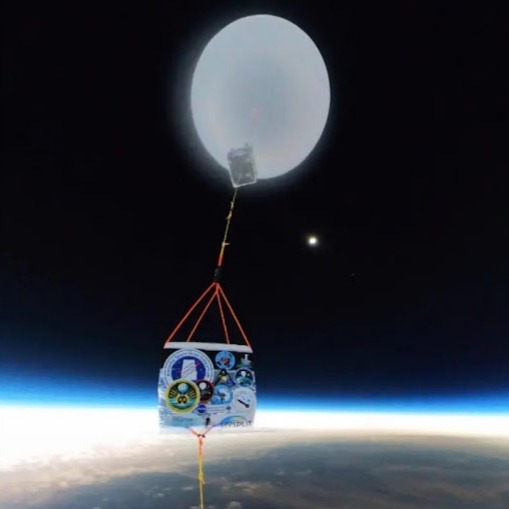Research Publications
The ballooning done through the NEBP has collected valuable data for scientific research. See the publications that showcase the work done!
More publications are coming soon!
Publically Available Data Collections

Nationwide Eclipse Ballooning Project: Atmospheric data from the 2023 annular and 2024 total solar eclipses
Des Jardins, A., Gong, J., Saad, M.
Des Jardins, A., Gong, J., Saad, M.
April 11, 2025
This data set was collected on April 7-8, 2024 by Nationwide Eclipse Ballooning Project
student teams, who collected atmospheric science data on high altitude balloon flights.

Nationwide Eclipse Ballooning Project: Engineering data from the 2023 annular and 2024 total solar eclipses
Des Jardins, A., Saad, M., Smith, V
Des Jardins, A., Saad, M., Smith, V
April 11, 2025
The Nationwide Eclipse Ballooning Project (NEBP) is a student-centered STEM education
and research initiative that leveraged the October 14, 2023 annular eclipse and April
8, 2024 total solar eclipse for authentic learning opportunities.
2024 Total Solar Eclipse

Characterization of Atmospheric Gravity Waves Observed During a Total Solar Eclipse
in Granbury, Texas
Shetye, J., Vesa, O., Houser, C., Martinez, M., Denney, A., Brealey-Rood, A., Bundell, K., Oyewole, S., Olivas, R., & Angel, J.
Shetye, J., Vesa, O., Houser, C., Martinez, M., Denney, A., Brealey-Rood, A., Bundell, K., Oyewole, S., Olivas, R., & Angel, J.
February 11, 2025
Here, we see that the kinetic energy exhibits a similar trend to the total energy, with prominent peaks near 19 km and smaller fluctuations at other heights.

High-Altitude Balloons Flights on Total Solar Eclipse
Patel, N., Patel, A., Leonard, D., Ott, C., Pare, C., Ramos, L., Taylor, C., Rowe, J. & Ratcliff, L.
Patel, N., Patel, A., Leonard, D., Ott, C., Pare, C., Ramos, L., Taylor, C., Rowe, J. & Ratcliff, L.
November 27, 2024
The main aims of the flights were to evaluate the performance of the newly designed
Innovation.

Characterizing the Impacts of 2024 Total Solar Eclipse Using New York State Mesonet
Data
Wang, J., Dai, A., Yu, CL., Shrestha, B., McGuinnes, DJ., Bain, N.
Wang, J., Dai, A., Yu, CL., Shrestha, B., McGuinnes, DJ., Bain, N.
November 20, 2024
Here we use NYSM observations to characterize the TSE's impacts at the surface, in
the planetary boundary layer (PBL), and on surface fluxes and CO2 concentrations.
2023 - 2024 Solar Eclipses

Published on Dec 19, 2024 Leveraging Eclipses to Build a Network for Broadening STEM
Participation: An Evaluation of the Nationwide Eclipse Ballooning Project
Beth, C., Marissa, S., Nicollette, F., Suzanne, T., Angela, D.
Beth, C., Marissa, S., Nicollette, F., Suzanne, T., Angela, D.
December 19, 2024
Here, we present the findings from a radiosonde field campaign carried out during
the total solar eclipse of July 2, 2019 aimed at detecting eclipse-driven gravity
waves in the stratosphere. This eclipse was the source of three stratospheric gravity
waves.

Nationwide Eclipse Ballooning Project: A Toolkit for Broadening STEM Participation,
Building Networks, and Bridging Education and Research
Saad, M. E., Covitt, B., Taylor, S., Des Jardins, A., & Frank, N.
Saad, M. E., Covitt, B., Taylor, S., Des Jardins, A., & Frank, N.
March 3, 2024
The Nationwide Eclipse Ballooning Project (NEBP) is a student-centered and team-based
STEM initiative that leverages the October 14, 2023 annular eclipse and April 8, 2024
total solar eclipse for authentic learning opportunities.
2019 Total Solar Eclipse

Detection of stratospheric gravity waves induced by the total solar eclipse of July
2, 2019
Colligan, T., Fowler, J., Godfrey, J. et al.
Colligan, T., Fowler, J., Godfrey, J. et al.
November 10, 2020
Here, we present the findings from a radiosonde field campaign carried out during
the total solar eclipse of July 2, 2019 aimed at detecting eclipse-driven gravity
waves in the stratosphere. This eclipse was the source of three stratospheric gravity
waves.
2017 Total Solar Eclipse

Measuring ARTSE2017: Results from Wyoming and New York
Fowler, J., Wang, J., Ross, D., Colligan, T., & Godfrey, J.
Fowler, J., Wang, J., Ross, D., Colligan, T., & Godfrey, J.
June 1, 2019
Here, we focus on the results obtained from the radiosonde field campaign in Fort
Laramie, Wyoming, and the New York State Mesonet (NYSM). In Fort Laramie, 36 people
from 13 institutions flew 19 radiosondes and launched 5 large balloons carrying video
payloads before, during, and after the eclipse while continuously recording surface
weather data.
